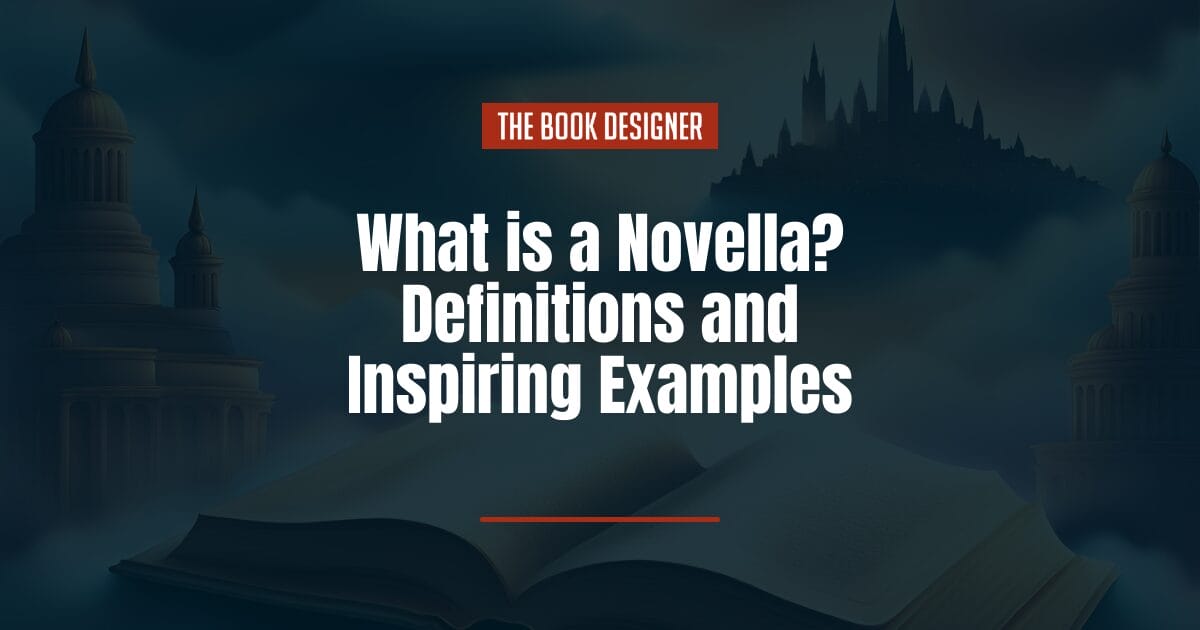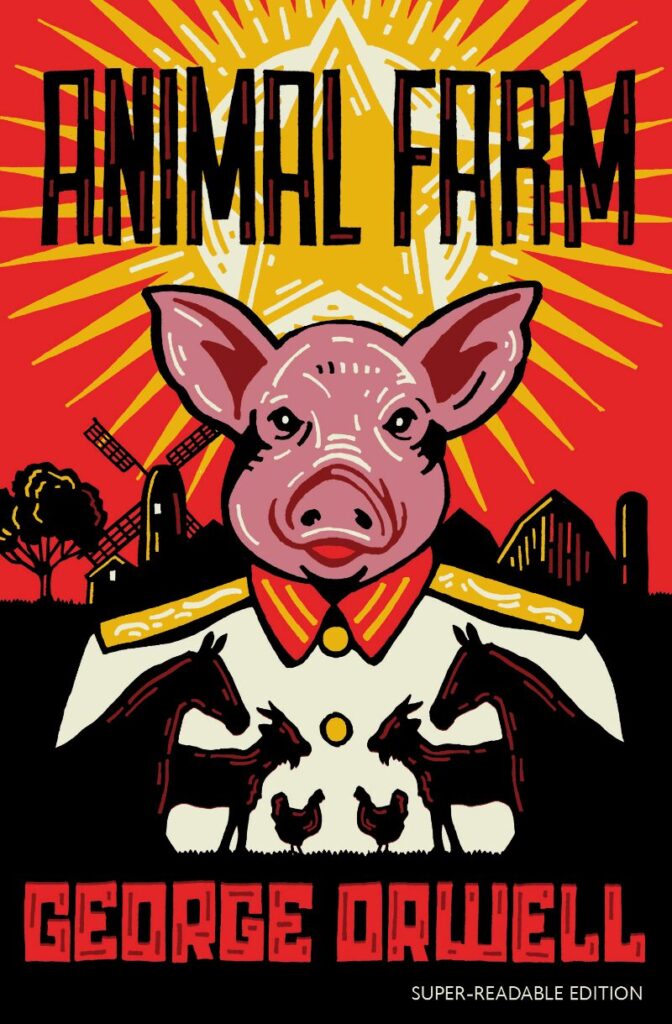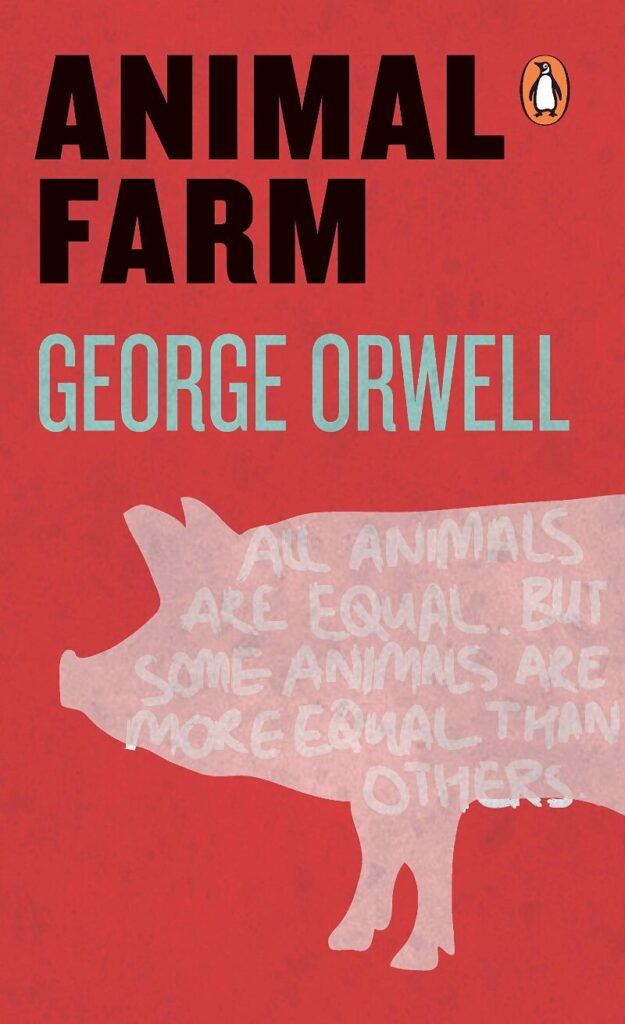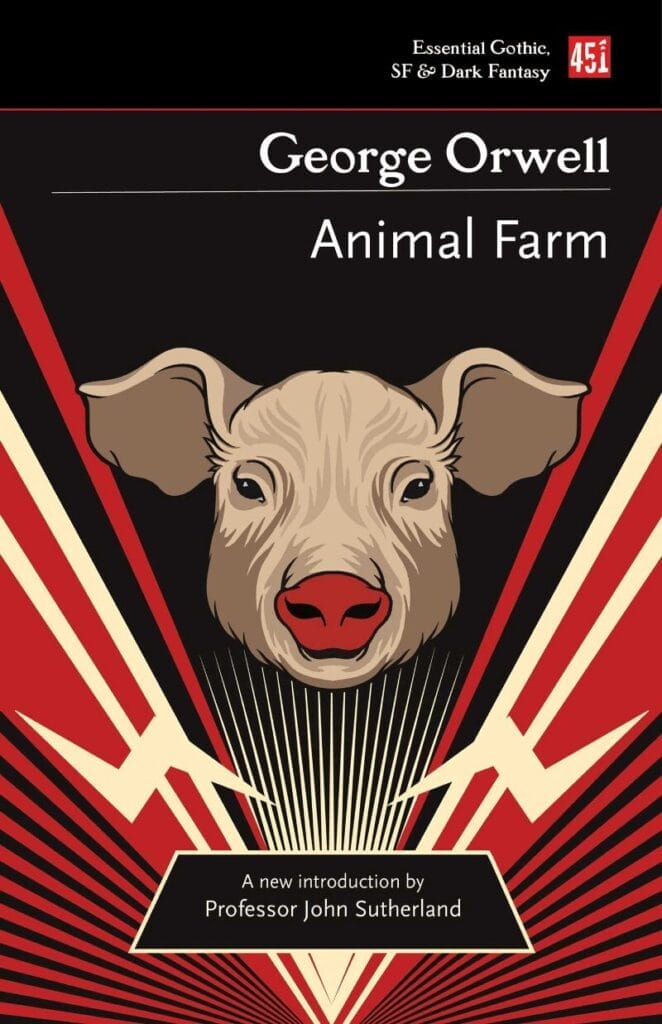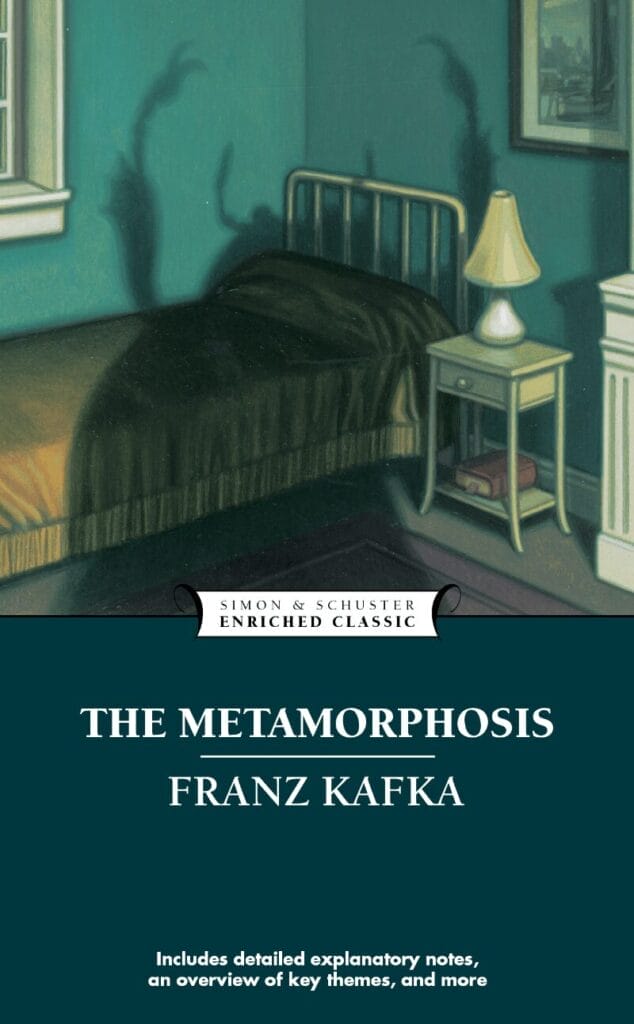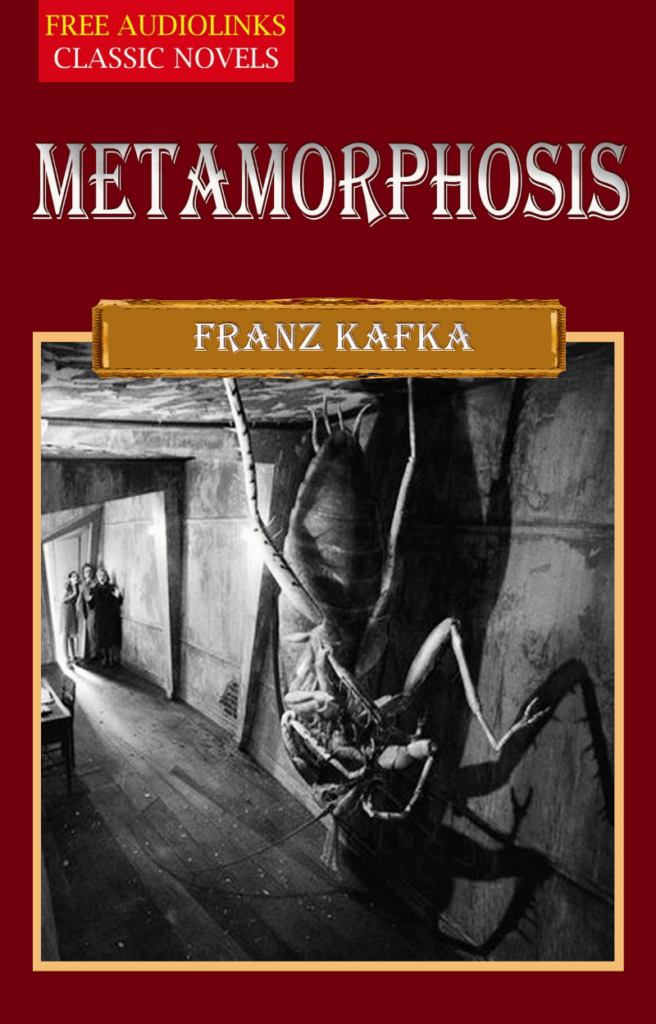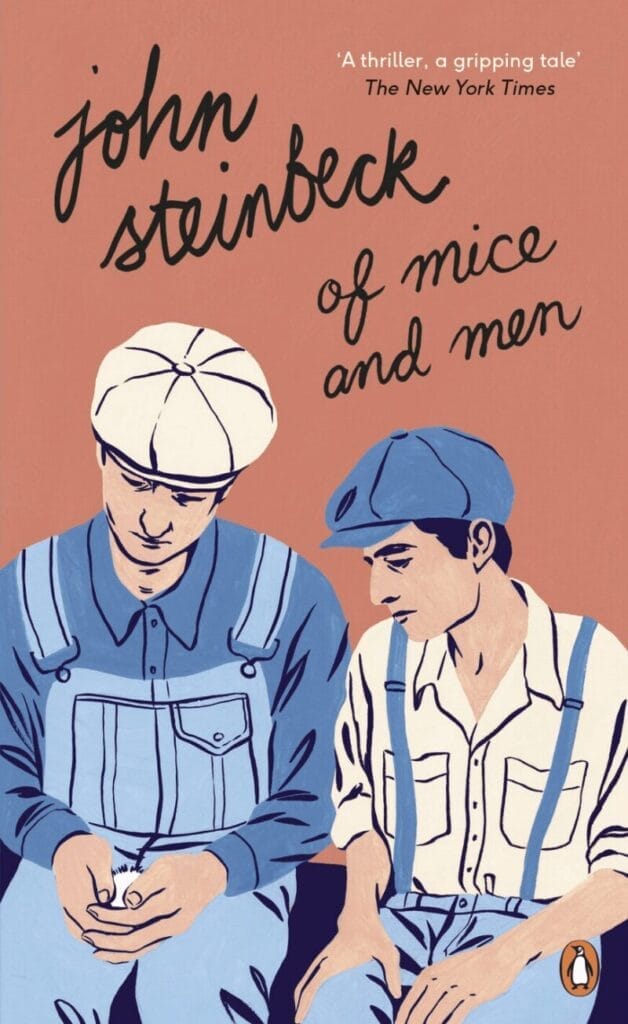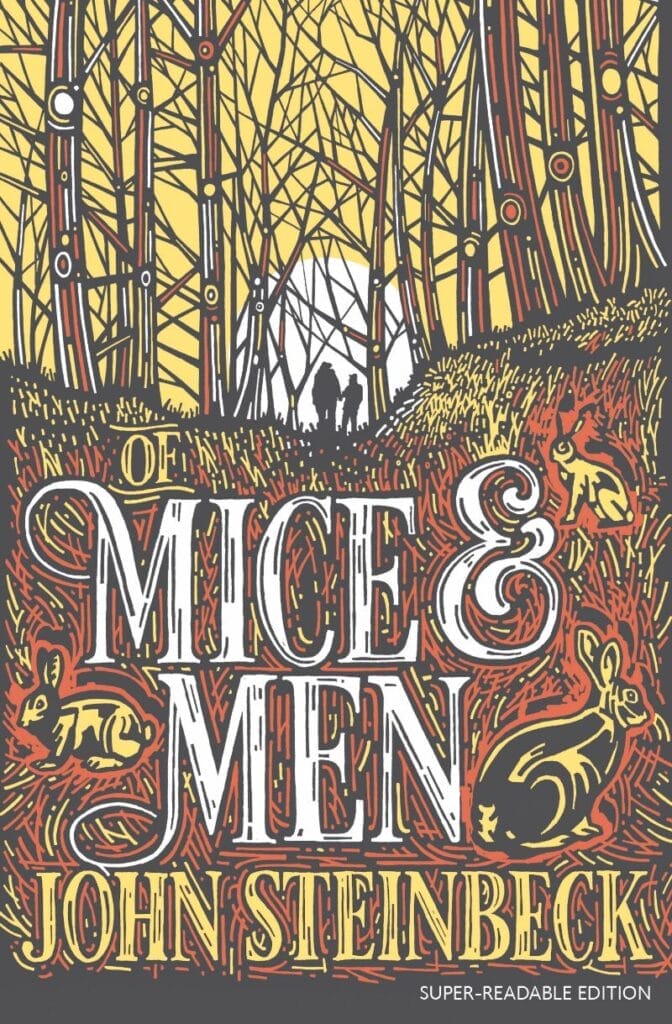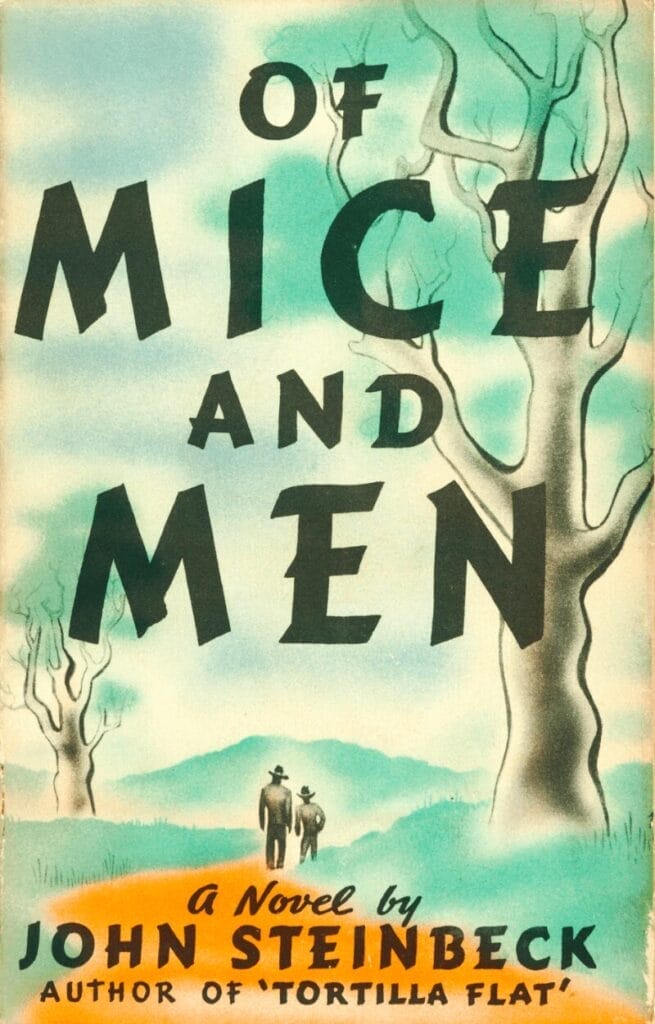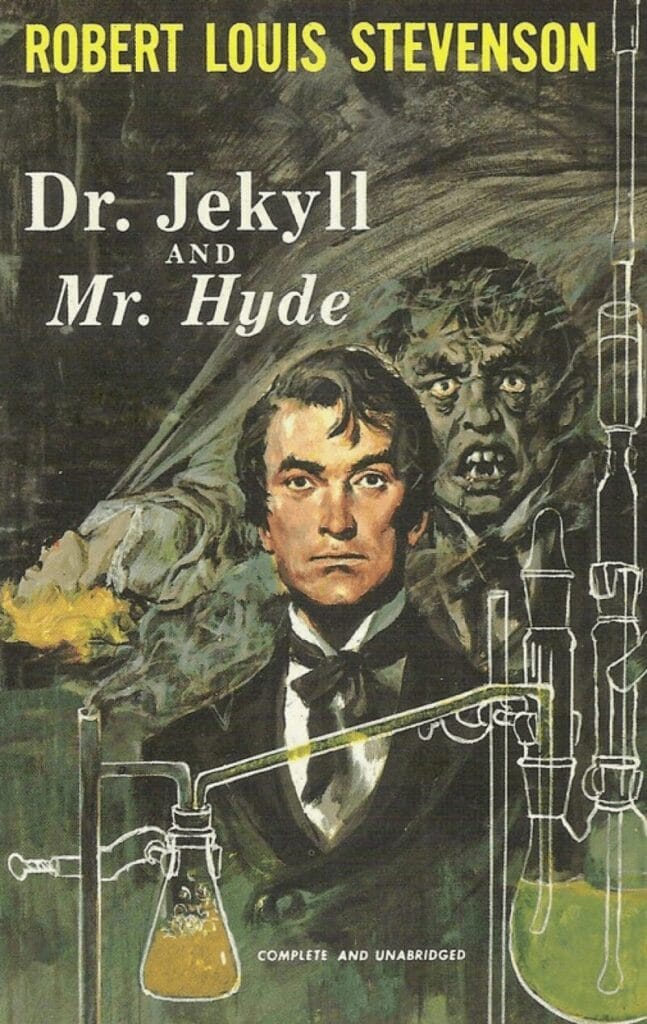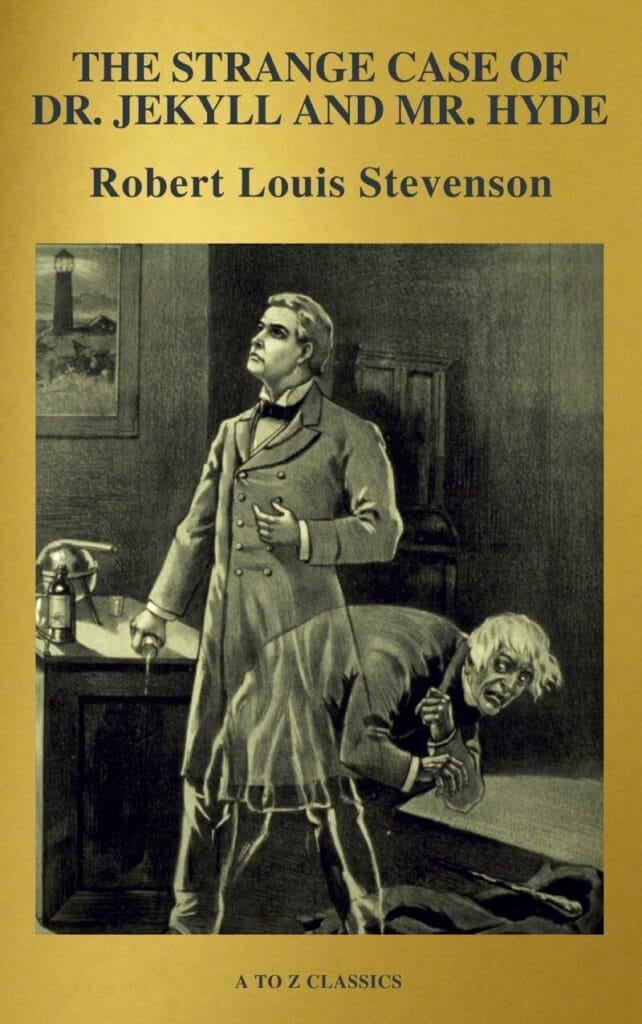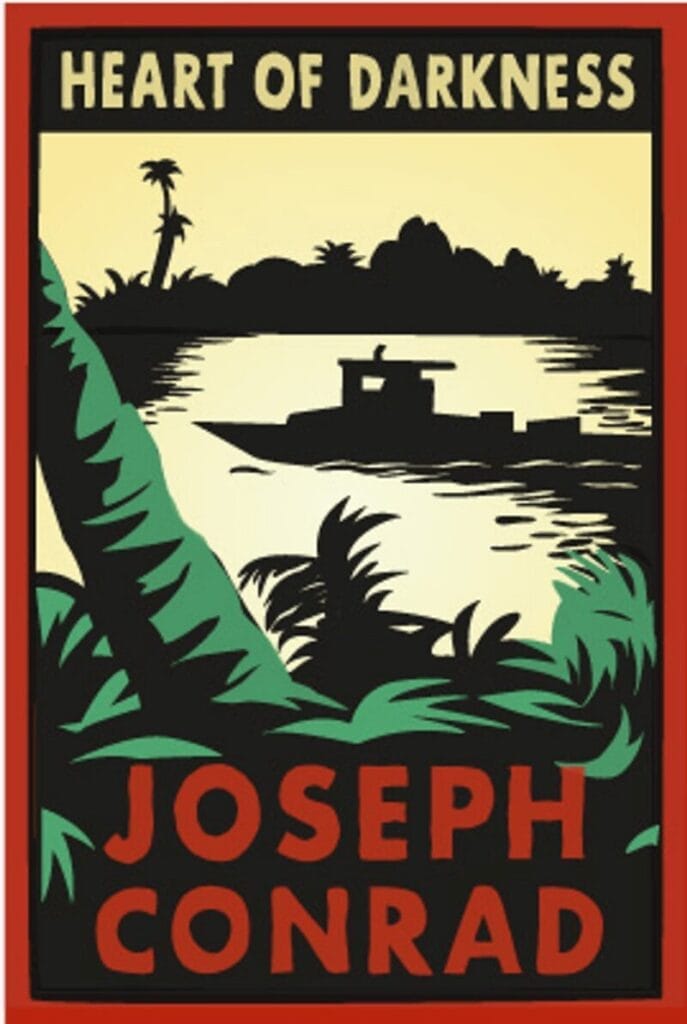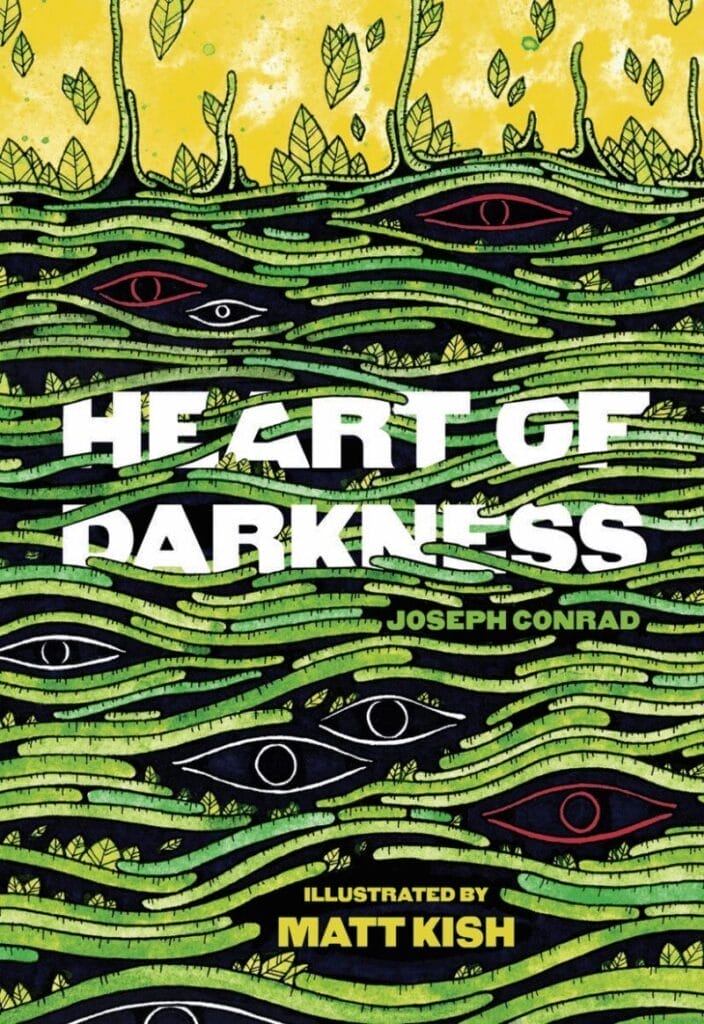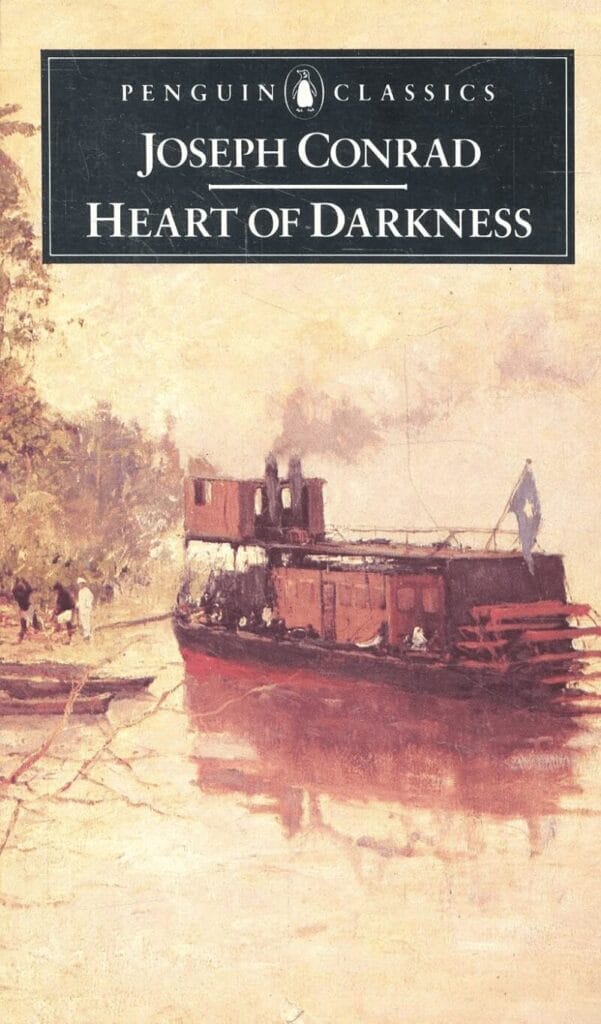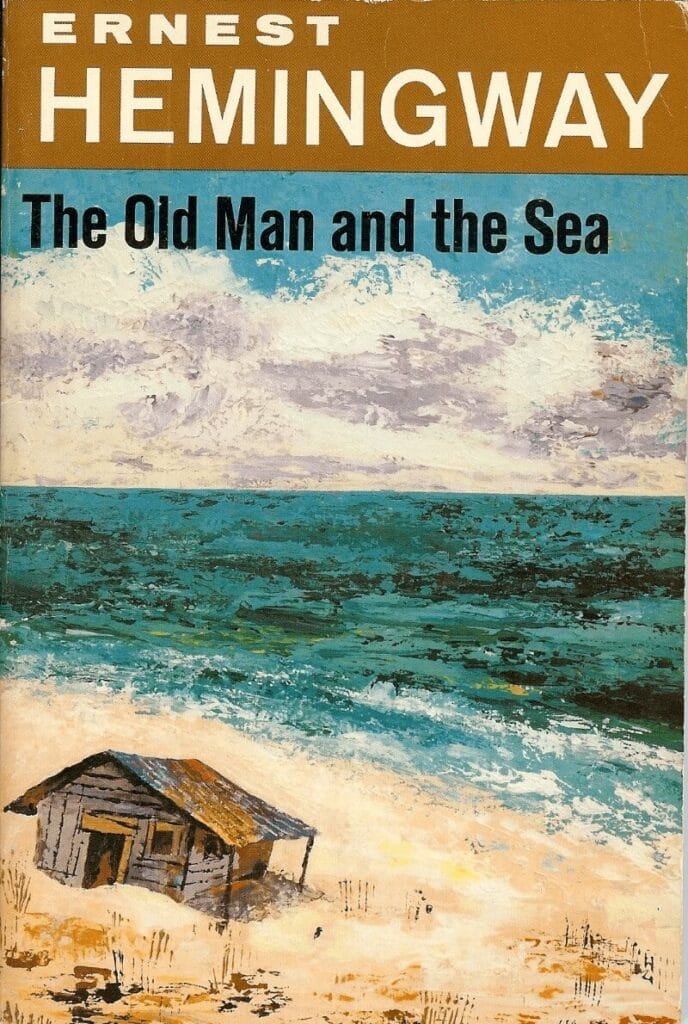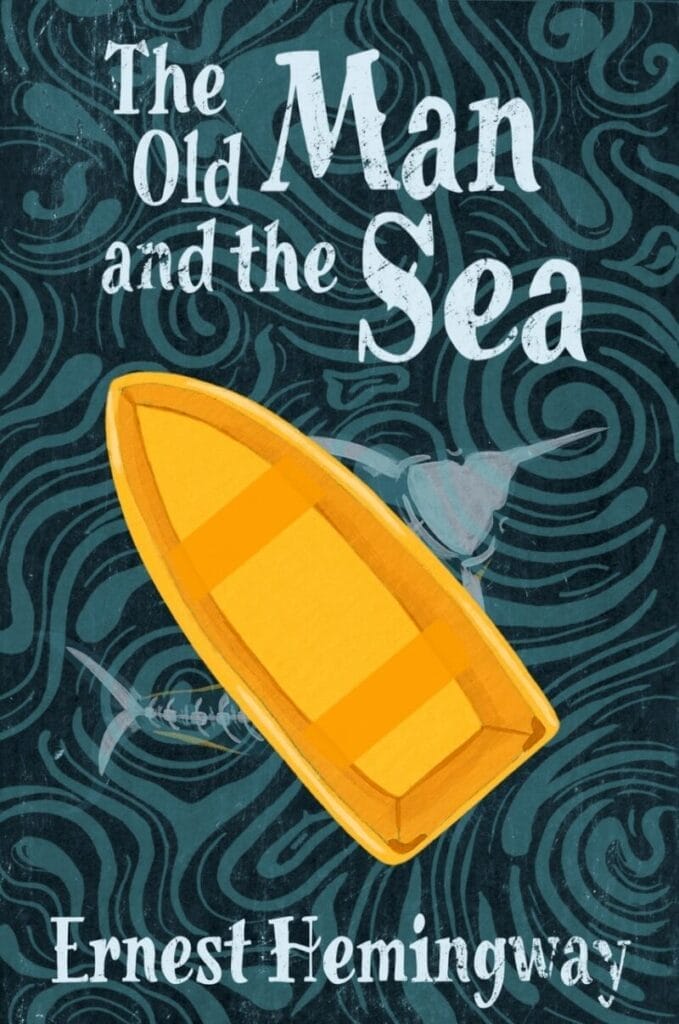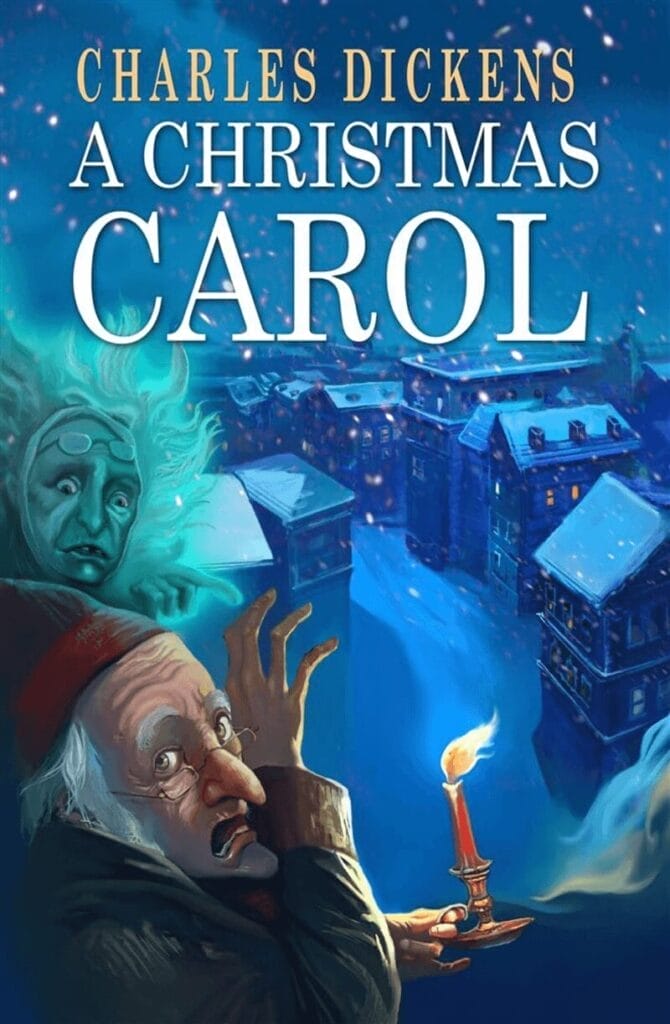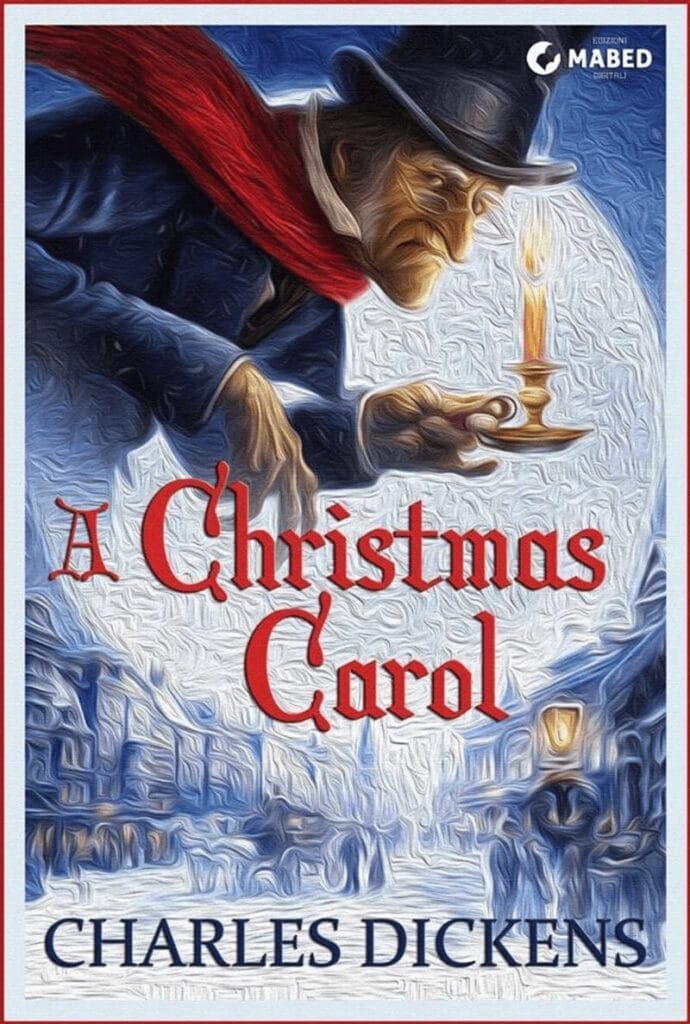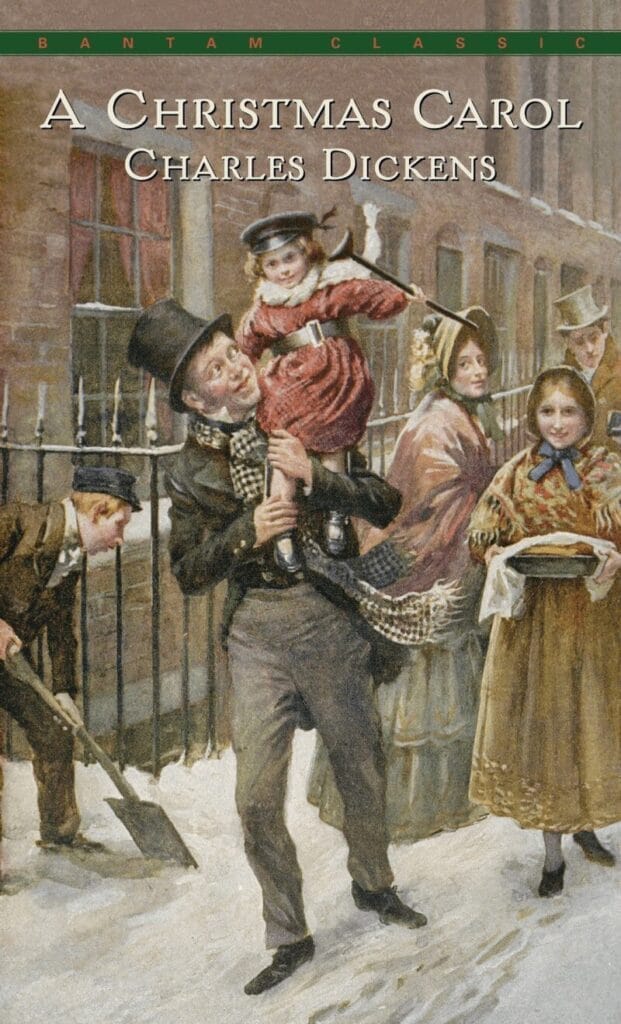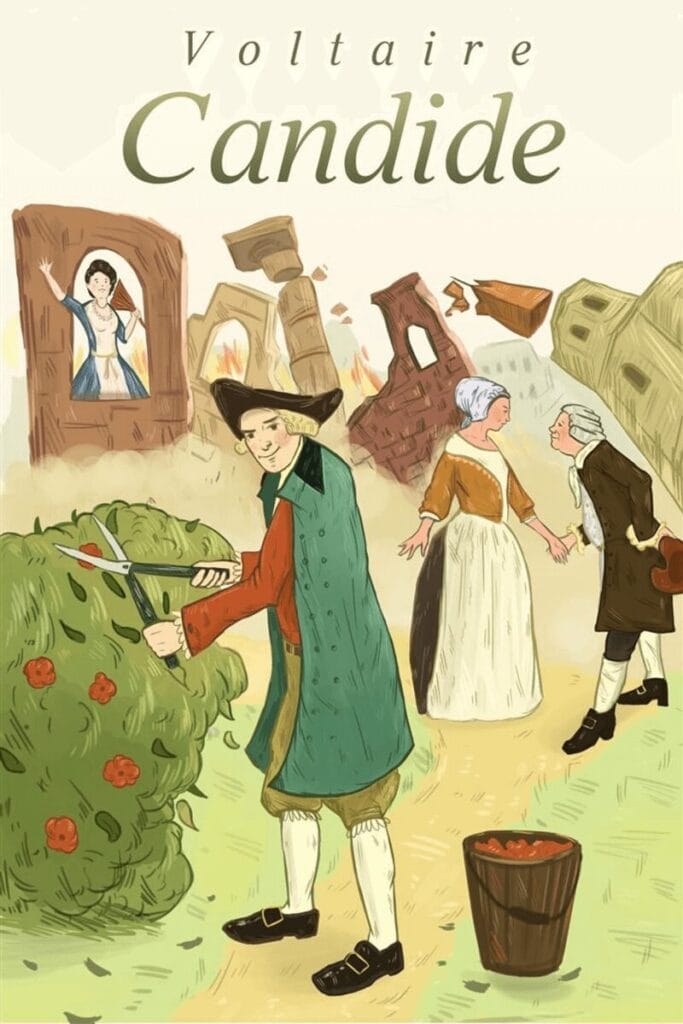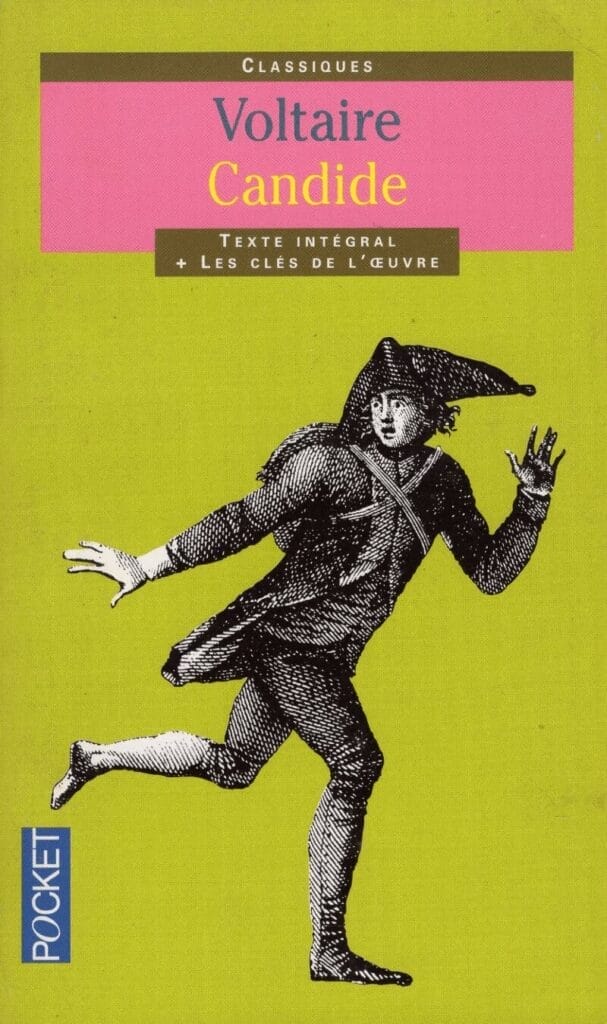When writing a story, one of the first questions you ask yourself is what kind of story you are writing. Is it a short story, a novel, or a novella?
While the first two are quite well-known, you might wonder, “What is a novella?”
A novella is a story that falls between a short story and a novel. It typically ranges from 20,000 to 50,000 words, although it can vary depending on genre, publishing standards, and the specific criteria set by awarding bodies such as the Nebula or Hugo Awards.
Why does defining a type of story by word count matter for publishing? Historically, novellas were a tough sell in the publishing world. They were too long to be included in most magazines or journals but too short to be published as standalone books. But the rise of digital books changed the game. Now, publishing a novella digitally is simpler and cost-effective, opening more doors for writers to express their creativity.
Apart from size, novellas stand out due to several distinct characteristics, which we will dive into in this article:
What is a Novella? Definition and Key Characteristics
The novella definition encompasses several unique characteristics that distinguish it from other literary forms, such as its length, focus, and storytelling depth. To see how novellas stand out, think about visual storytelling. Novellas are like movies: longer than a short film (short story) but more focused than a TV series (novel). This combination of short stories’ quick impact with novels’ depth makes novellas stand out from other literary forms.
To understand novellas better, let’s examine their distinctive features:
Central Conflict and Turning Points
Novellas are centered around one main conflict or event, with everything in the story connected. While pacing is important in most literary forms, it’s crucial in novellas. Novellas often balance detailed storytelling with the momentum that leads to significant turning points. This combination creates an engaging and emotionally rich reading experience.
Symbolism and Themes
Novellas usually focus on a few main themes and use symbols to enrich the story. Despite their shorter length, novellas can get really deep into their topics, making them complex without being as long as a novel.
Character Exploration and Development
Character development is crucial in novellas. The characters often face significant challenges and change a lot throughout the story. This focus makes the characters and the story feel real and relatable.
Storytelling Techniques and Structural Innovation
Novellas let writers try new storytelling methods and narrative structures. In this type of story, you can often encounter creative techniques like shifting perspectives, non-linear timelines, or developed allegories.
The Central Conflict in Novellas
Novellas usually revolve around a single main conflict. This can be a big problem or challenge that the characters that the characters work to solve. Focusing on one conflict makes the story tight and powerful, giving the readers a clear idea of what the story is about.
Let’s take The Factory by Hiroko Oyamada as an example. The story unfolds in a factory that produces unidentified products and has people do seemingly meaningless jobs. The central struggle is with the factory’s odd and sometimes ludicrous corporate culture. This setup critiques the way such a culture can make workers feel lost and doubt the significance of their roles.
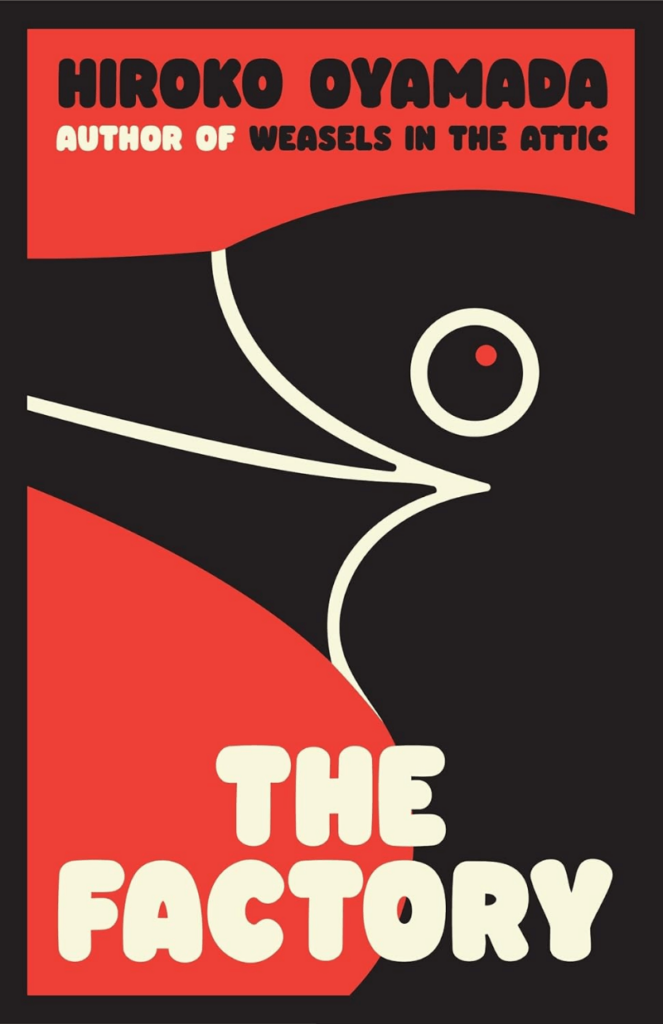
The Factory showcases the gap between corporate demands and individual needs. It paints a picture of the workplace as a place that can strip away one’s sense of self and purpose. The story is a powerful commentary on contemporary work life and its effects on people and their identities.
Character Exploration and Development
Novellas allow writers to explore their characters in depth, creating detailed portraits. This makes novellas different from short stories, which don’t have much space for detail, and novels, which often have too many characters competing for attention.
For example, Breakfast at Tiffany’s gives us a close look at Holly Golightly, who seems to live a glamorous life in New York City. As the story unfolds, readers start to see her vulnerabilities and hidden desires beyond her carefree exterior. Capote uses Holly’s interactions with the narrator and other characters to peel back the layers of her facade.
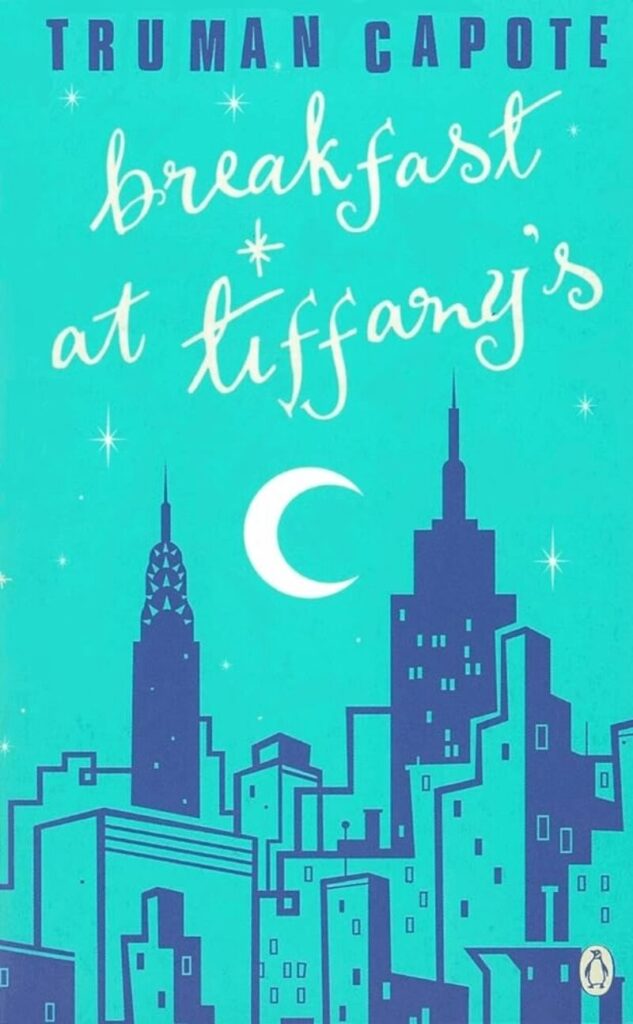
Holly’s complexity is revealed through her interactions and experiences, from lavish parties to a stint in prison. We learn about her past, her dreams, and the fears she hides behind her confident exterior. This is the level of depth novellas can achieve in character development.
Pacing and Turning Points
Novellas move quickly, using fast pacing to keep readers hooked and make every part of the story count. They often have a major turning point that changes everything or reveals something important about the characters.
Passing by Nella Larsen is an excellent example of how novellas use pacing and turning points. It tells the story of Irene and Clare, two African American women navigating the racial divide of 1920s America differently. The story’s pace pulls you into their complex lives and the decisions they face.
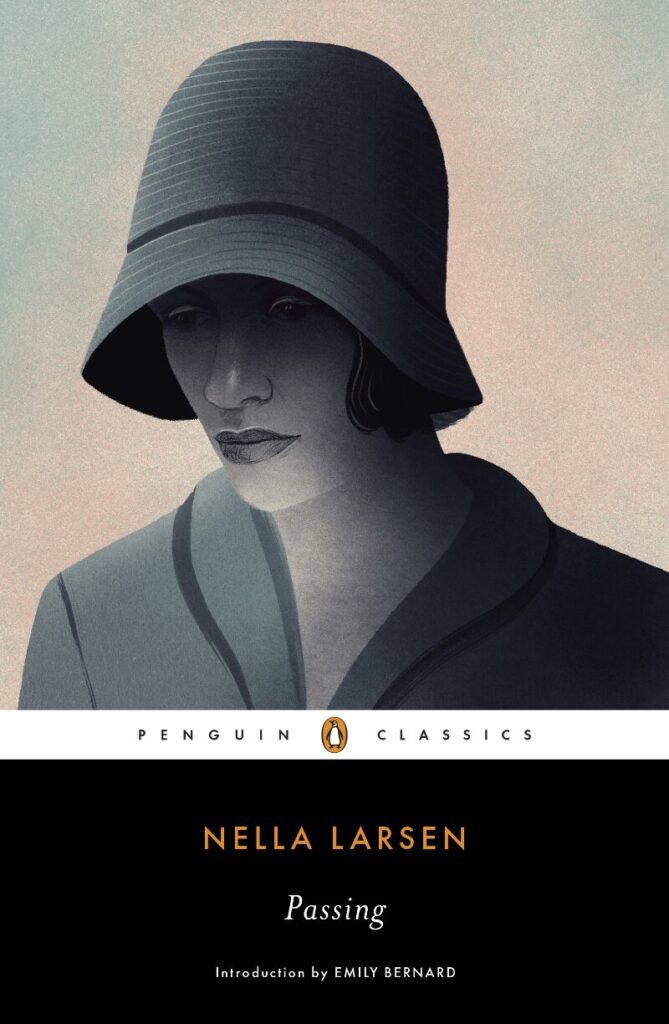
The turning point comes when Clare’s husband discovers she is African American, changing everything for them. This moment of revelation heightens the story’s tension and leads to a powerful conclusion.
Symbolism and Themes
In novellas, symbols often express deep themes. Objects, characters, or events represent larger truths about life, society, or human nature. The concise nature of novellas means every symbol plays a critical role in weaving the narrative’s themes.
The Royal Game by Stefan Zweig is a standout example. In the story, a chess match shows a battle between different ideas and personalities. Dr. B uses chess to keep his mind healthy while alone, while Czentovic, the chess master without much creativity, represents the opposite side. With its black and white squares, the chessboard shows the battle between right and wrong, or sanity and losing one’s mind.
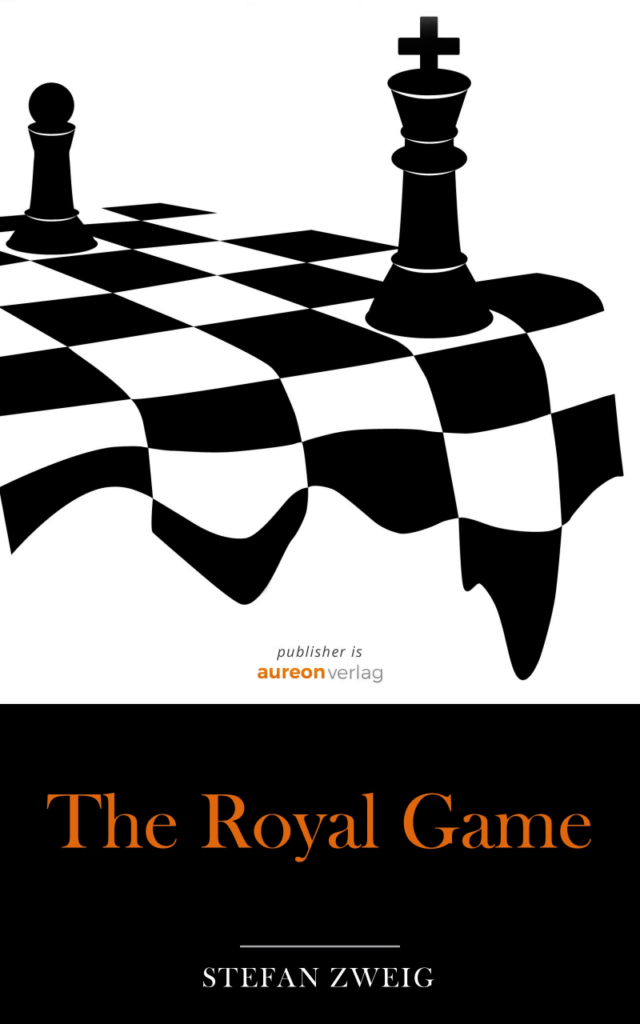
Stefan Zweig’s story goes beyond just a game of chess. It looks into how powerful our minds are, how being alone affects us, and how people with different views clash. This makes The Royal Game a deep story about human life, showing how novellas use symbolism to explore significant themes and questions.
Famous Novellas in Literature
Novella book covers are often as unforgettable as the stories, capturing their core themes and essence. Let’s explore some notable novellas and their unique cover designs:
Animal Farm by George Orwell
This book uses farm animals to critique the rise of totalitarianism and the corruption of ideals. Most covers feature Napoleon, a pig representing the corrupt leader, against bold and striking imagery. These visuals symbolize the themes of power and corruption, making the book easily recognizable.
The Metamorphosis by Franz Kafka
It tells the story of Gregor Samsa, who wakes up transformed into a huge insect, exploring themes of alienation and human identity. The covers often use surreal, abstract imagery and dark, moody colors, helping to capture a sense of existential angst behind the bizarre and unsettling Gregor’s transformation.
Of Mice and Men by John Steinbeck
This story revolves around two people’s deep friendship and shattered dreams during the Great Depression. Covers usually depict the main characters against the backdrop of the American landscape. Earth tones and simple imagery evoke the novella’s poignant themes and emotional depth.
The Strange Case of Dr. Jekyll and Mr. Hyde by Robert Louis Stevenson
This story delves into the duality of human nature through the characters of Dr. Jekyll and Mr. Hyde. Cover designs are often visually split to represent the contrasting personas. Stark contrasting colors emphasize themes of inner conflict and the darker aspects of human identity.
Heart of Darkness by Joseph Conrad
This novella, set in the African jungle, explores colonialism and the latent darkness within humanity. The covers often feature ominous, jungle-themed imagery. Darker colors create a sense of mystery and foreboding, complementing the story’s critique of imperialism and psychological depth.
The Old Man and the Sea by Ernest Hemingway
This story is about an old fisherman’s big fight with a huge marlin, and the cover pictures usually show the sea or the old man. Using blues and teals brings out the story’s feelings of being alone, trying hard, and man’s connection to nature. These images perfectly match the story’s quiet but deep look at life’s struggles.
A Christmas Carol by Charles Dickens
This classic story tells about Ebenezer Scrooge learning to be kind after visits from ghosts. Covers often show scenes from the story or old London, with blue hues reminiscent of winter, contrasting warm Christmas colors. They help show the story’s themes of change, kindness, and the joy of giving.
Candide by Voltaire
This funny yet sharp story follows Candide on many adventures, poking fun at too much optimism and society’s problems. The covers often have bright colors and playful pictures of the main character that fit the story’s mix of humor and smart criticism of life and people’s beliefs.
The Role of Novellas in Literature
Novellas hold a unique spot in literature, sitting between the brevity of short stories and the expansiveness of novels. This middle ground allows writers to dive into topics deeply with more focus but in less space than a novel requires. This format is great for trying new storytelling methods or concisely exploring complex ideas.
Opportunities for Writers
Writing novellas lets writers try out new storytelling techniques. Since they’re shorter, writers can use different styles or points of view, leading to interesting and unique stories.
Novellas also allow writers to explore one or two main ideas in depth. With fewer characters or side stories, writers can dive into their main themes, creating strong stories that stay with readers.
Challenges for Writers
Writing a novella presents its own challenges. With limited space, every word matters. Writers must develop their story and characters without making the text feel rushed or incomplete.
Finding a publisher for a novella can also be tough since the market has traditionally leaned toward novels and short stories. Yet, self-publishing has made it easier to get novellas to readers, offering new opportunities for writers to share their work.
Conclusion
To answer the question, “What is a novella?” we can definitely say that it’s a form of storytelling that is defined by more than just length. Its concise yet deep structure allows authors to thoroughly explore characters, events, or themes. This format demands creativity and an unconventional approach to leave a lasting impact on readers. Novellas still shape modern literature, showing that it’s not the length of the story that counts but the strength of its impact.
Self-publishing has made it easier for writers to publish novellas and try new things with their stories. Writing a novella can be an opportunity to focus on the core of your story, creating narratives that can deeply resonate with readers. Whether examining human nature, questioning societal norms, or exploring personal stories, novellas are a powerful way to leave a lasting impression.


